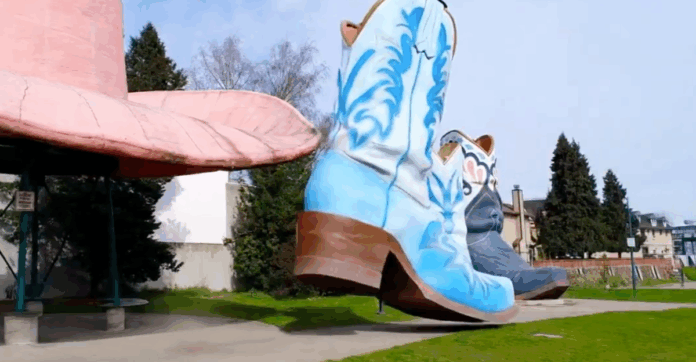Introduction to Veo 3
Even at first glance, there’s something off about the body on the street in a video generated by Veo 3, Google’s new AI video generation model. The white sheet it’s under is a little too clean, and the officers’ movements are totally devoid of purpose. What’s striking is that the model added dialogue to the scene all on its own, despite the prompt not including any. This capability to generate sound to accompany AI video is a significant advancement, making the content more realistic and engaging.
Capabilities and Limitations
Google introduced Veo 3 at I/O, highlighting its ability to create incredibly realistic videos and audio. To test its capabilities, a news anchor announcing a fire at the Space Needle was generated with just a basic text prompt. The result was surprisingly realistic. However, there are limitations and guardrails in place to prevent the creation of harmful or inappropriate content. For instance, attempting to prompt Veo 3 to create a video of a public figure in a compromising situation or to generate harmful dialogue is met with restrictions.
Potential Misuses
While Veo 3 has impressive capabilities, there are concerns about its potential misuses. For example, generating a video of a disaster, such as a building on fire, or creating a news report about a false event, could be used to spread misinformation. However, the model seems to be more geared towards creating general, low-specificity content rather than detailed, realistic deepfakes. This suggests that while Veo 3 is powerful, it may not be as dangerous as initially thought in terms of creating highly convincing, harmful content.
Content Creation for Specific Audiences
Interestingly, Veo 3 excels at creating the kind of content often found on YouTube Kids, such as simple, repetitive animations designed to captivate young audiences. With minimal effort, a video following the formula of these low-content, high-view videos can be generated. This raises questions about the potential impact of AI-generated content on children’s entertainment and education, as well as the broader implications for content creation and consumption.
Future Developments and Implications
As technology continues to advance, the ability to edit and extend AI-generated videos will likely improve. Currently, extending clips beyond a certain length reverts them to an earlier version of the model without audio, but future updates may address this limitation. The potential for AI-generated video to be used in filmmaking and other creative industries is significant, offering new tools for artists and creators. However, there’s also a risk of flooding the market with bland, AI-generated content that lacks originality and depth.
Conclusion
Veo 3 represents a significant step forward in AI video generation, offering unprecedented realism and ease of use. While it has the potential to be a powerful tool for creators, there are also concerns about its misuse and the impact on the quality and diversity of content available online. As AI technology continues to evolve, it will be important to consider these implications and ensure that such tools are developed and used responsibly. By doing so, we can harness the creative potential of AI while minimizing its risks and negative consequences.

